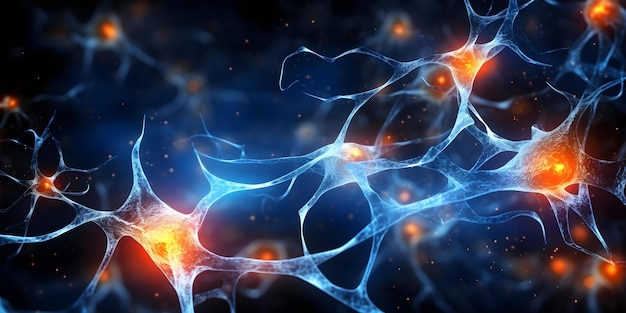Brain death is a condition where all brain functions stop completely and permanently. This includes the brain stem, which is responsible for crucial tasks like breathing and heart rate. Basically, when brain death occurs, the person is medically and legally considered dead, even if machines can keep the heart beating. Understanding brain death involves knowing that it marks the definitive end of brain function. Though mechanical support can sustain heart activity, brain death confirms the individual is deceased.
Doctors need to observe the patient for several hours and use various clinical tests to be absolutely sure. Brain death can be caused by several different conditions. Some common ones are cardiac arrest, which cuts off blood flow to the brain leading to brain death. Other causes include cerebral hemorrhage, a stroke caused by a ruptured blood vessel in the brain, encephalitis, a virus that can severely damage the brain, another regular stroke which interrupts blood supply, heart attack causing severe brain damage, and cerebral ischemia, insufficient blood flow to the brain, potentially leading to brain death.
To confirm brain death, certain criteria must be met to ensure the diagnosis is accurate and permanent. First, the cause of the brain injury must be known and proven severe enough to halt brain functions. There must be no brain activity, both cognitive and physiological. Doctors also need to rule out conditions that might mimic brain death, effects of drugs, hypothermia, and hypotension.
In short, brain death is a critical issue. It’s not a reversible condition or a deep coma鈥攊t’s the complete end of all brain activity, marking the legal and medical death of the person.







